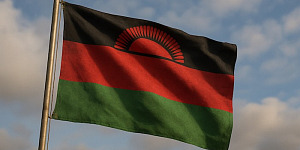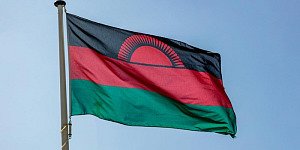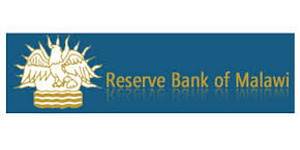Malawi's central bank lowered its policy rate by another 100 basis points to 13.50 percent, saying the monetary policy stance "remains adequately tight to guide inflation towards the medium-term objective of 5 percent" while future policy decisions will continue to be guided by inflation and progress in fiscal consolidation.
The Reserve Bank of Malawi (RBM), which has now slashed its rate in half in the last 2-1/2 years, also lowered its inflation forecast again while raising its forecast for economic growth.
RBM has cut its rate by 13.50 percentage points since November 2016 as inflation has dropped from almost 25 percent in December 2015 when two years of drought boosted food prices. Since then better weather has led to better harvests and helped stabilize the kwacha, which fell sharply from 2012 to March 2016.
Malawi's inflation rate rose to 9.3 percent in March from 7.9 percent in February but the central bank considers this uptick a temporary response to uncertainty from the extent of crop damage due to cyclone Idai and going forward it expects food inflation to slow.
"Similarly, non-food inflation will continue to benefit from the relatively tight monetary policy, exchange rate stability and favorable international crude prices," the central bank said.
RBM now expects inflation to average 8.0 percent in 2019, 0.5 percentage points lower than it projected in January, adding inflation in the first quarter of this year averaged 8.7 percent, down from 9.9 percent in the previous quarter.
Improved output from Malawi's agricultural sector along with improved power supply and macroeconomic stability supported by fiscal consolidation is helping boost overall growth.
RMB raised its forecast for economic growth this year to 5.0 percent, up from its January forecast of 4.1 percent and 4.0 percent in 2018.
In March the International Monetary Fund also forecast 2019 growth of 5.0. percent and said growth could rise further to 6-7 percent in the medium term, driven by infrastructure projects, crop diversification, greater access to finance and an improved business climate.
"Malawi's economic outlook is favorable," IMF said on March 14.
Since mid-2016 Malawi's kwacha has remained stable and RBM said it expects this stability to continue for the rest of this year as foreign exchange reserves are expected to improve further following the start to the agricultural season.
The kwacha was trading around 734 to the U.S. dollar today, up from 737.65 at the end of March and 736.4 at the end of December 2018.
Official reserves rose to US$ 799.48 million, for 3.8 months of imports, up from $752.4 million in January.





































